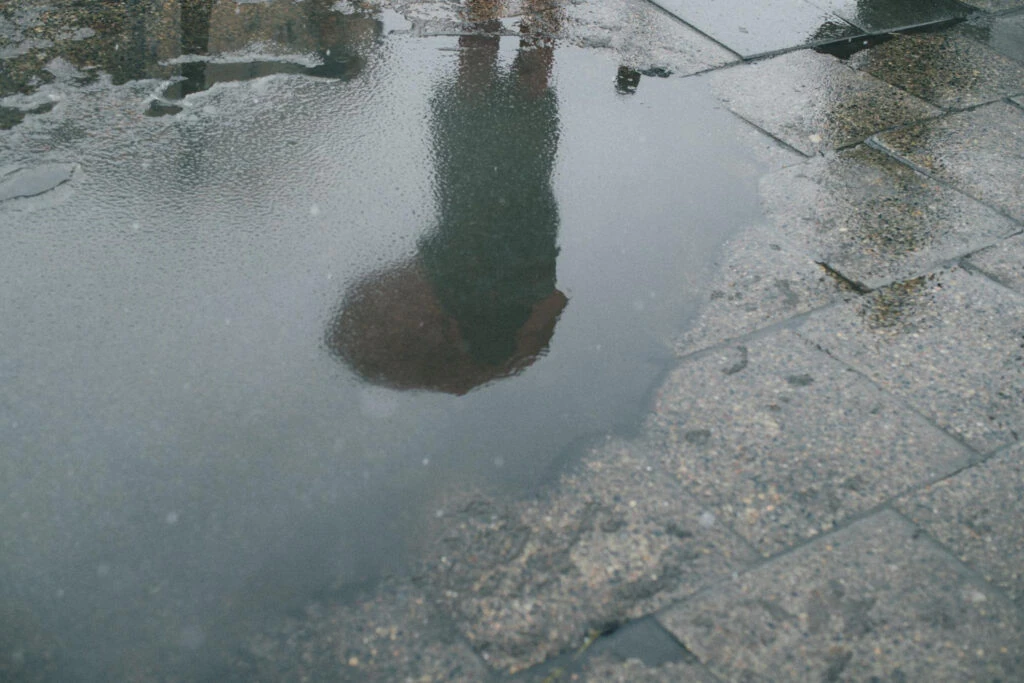
Flat roofs are common on most older homes because at times lumber may not have been available to build sloped roofs. Flat roofs also saved money and could be completed quickly. Unfortunately, flat roofs create problems every time it rains. Standing water can damage your flat roof very quickly.
Standing Water Weakens the Roof
Standing water(roof ponding) carries weight. That weight in liquid volume can weaken the roof over time, creating cracks in the surface of the flat roof. As cracks form, the water seeps down inside the cracks and begins destroying the roof’s structures underneath. Water damage trickles down through this roof to the ceiling below. Eventually, the entire ceiling and roof will need to be replaced unless you intervene sooner.
Standing Water Erodes the Surface Material of the Flat Roof
Let’s say that the surface material is asphalt. Asphalt will last a little bit longer than just concrete or wood. However, standing water can and will erode the areas on which it pools. Getting rid of standing water and preventing the inevitable damage it causes isn’t difficult. It just requires a roofing contractor that knows how to fix this issue.
Drains
Building drainage systems into the flat roof helps the water drain away from where it typically collects. A drain hole with a small pipe between the top of the flat roof and the ceiling below it helps channel water away and down a waiting downspout. This is just one option for dealing with the standing water.
Sloping the Flat Roof
Adding slight downward-angled slopes to the flat roof causes water to move away from where it pools. The water moves to the edges of the flat roof and off the edge. Thin drainage slits in the built-up edge of some flat roofs allow the water to drain down the walls, but this is only recommended for commercial buildings.

